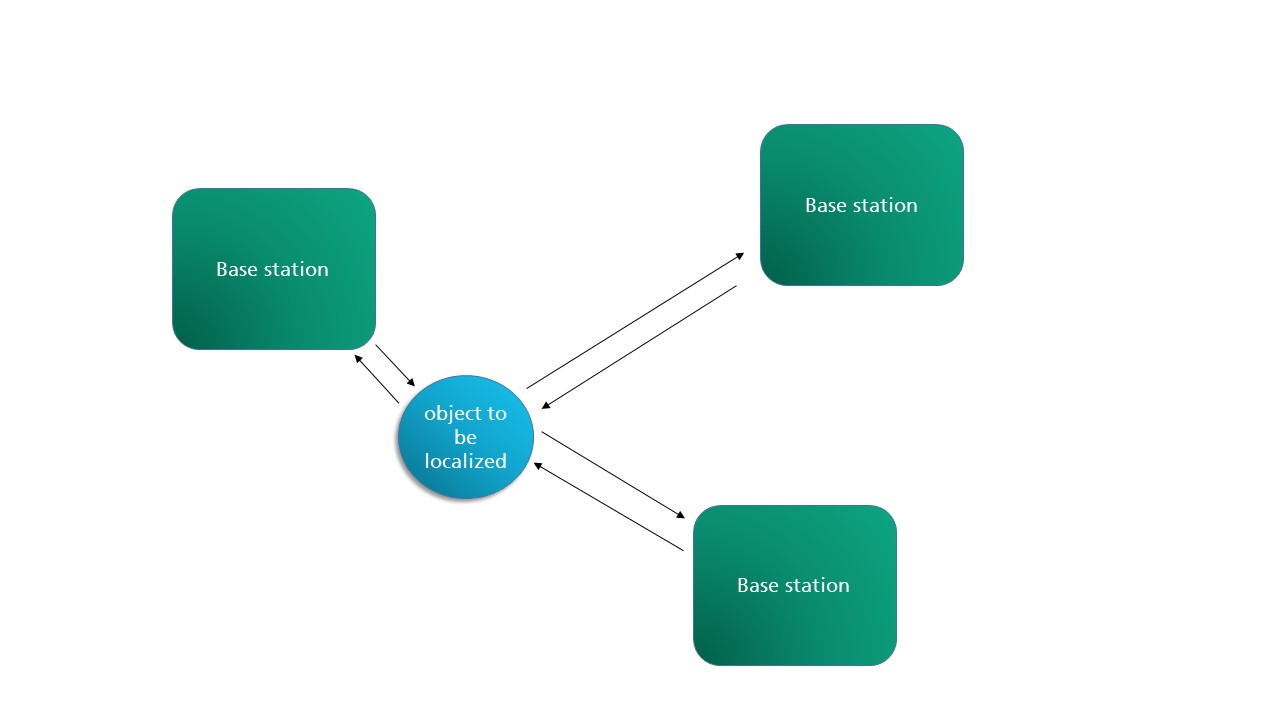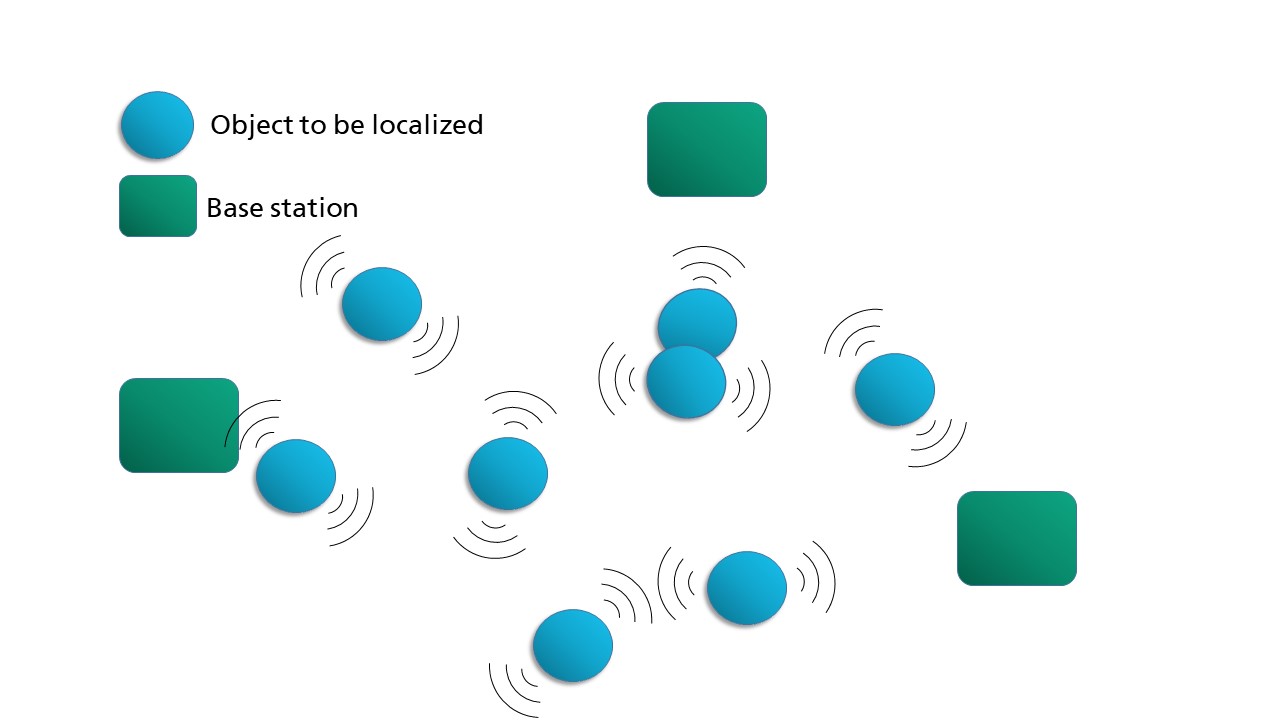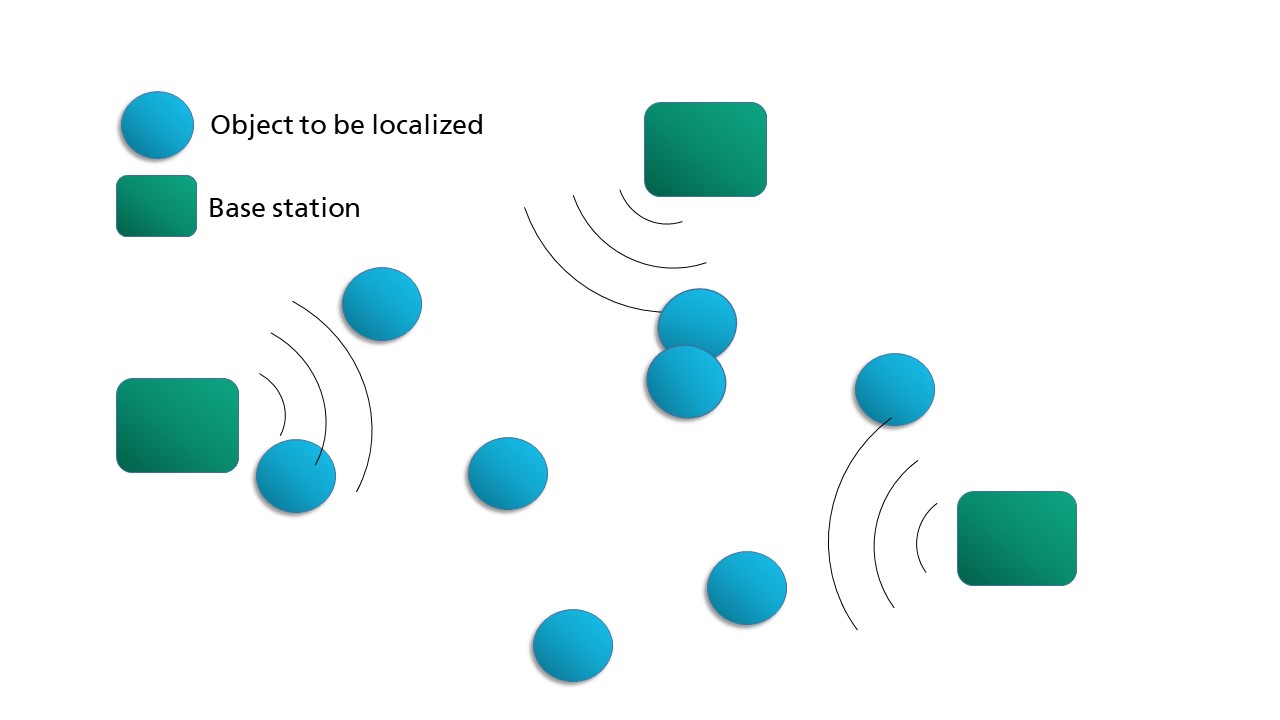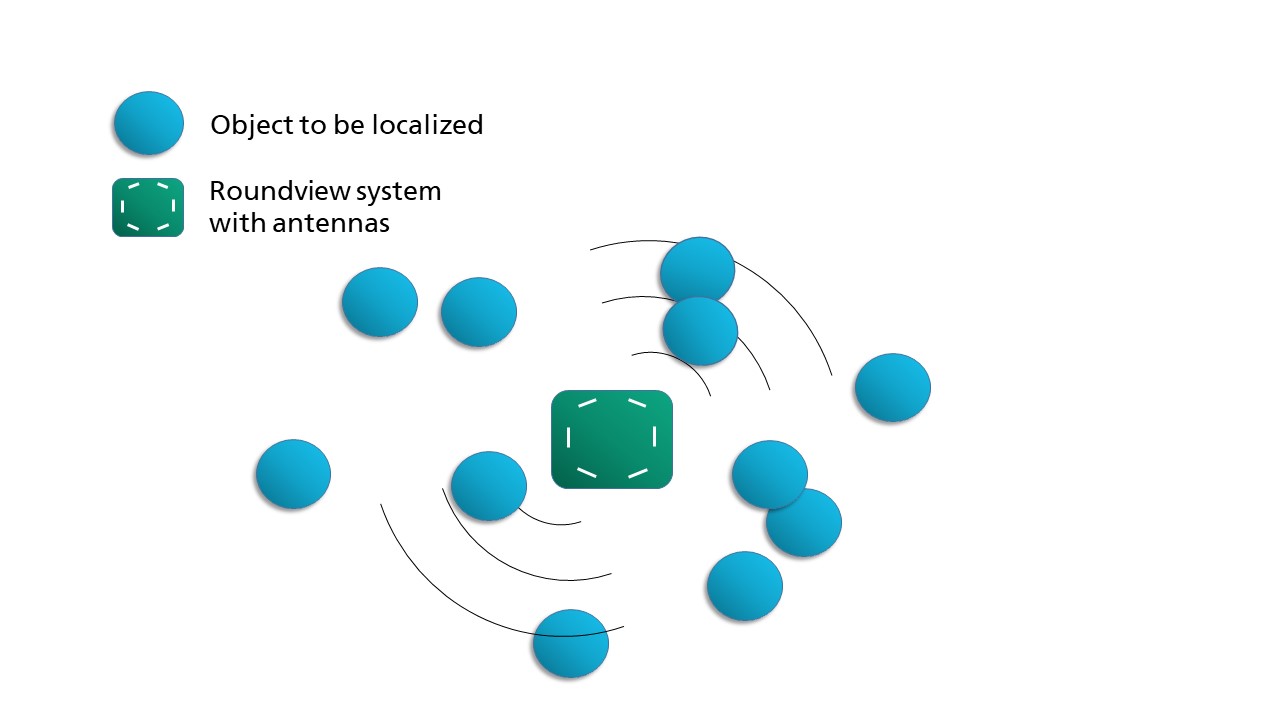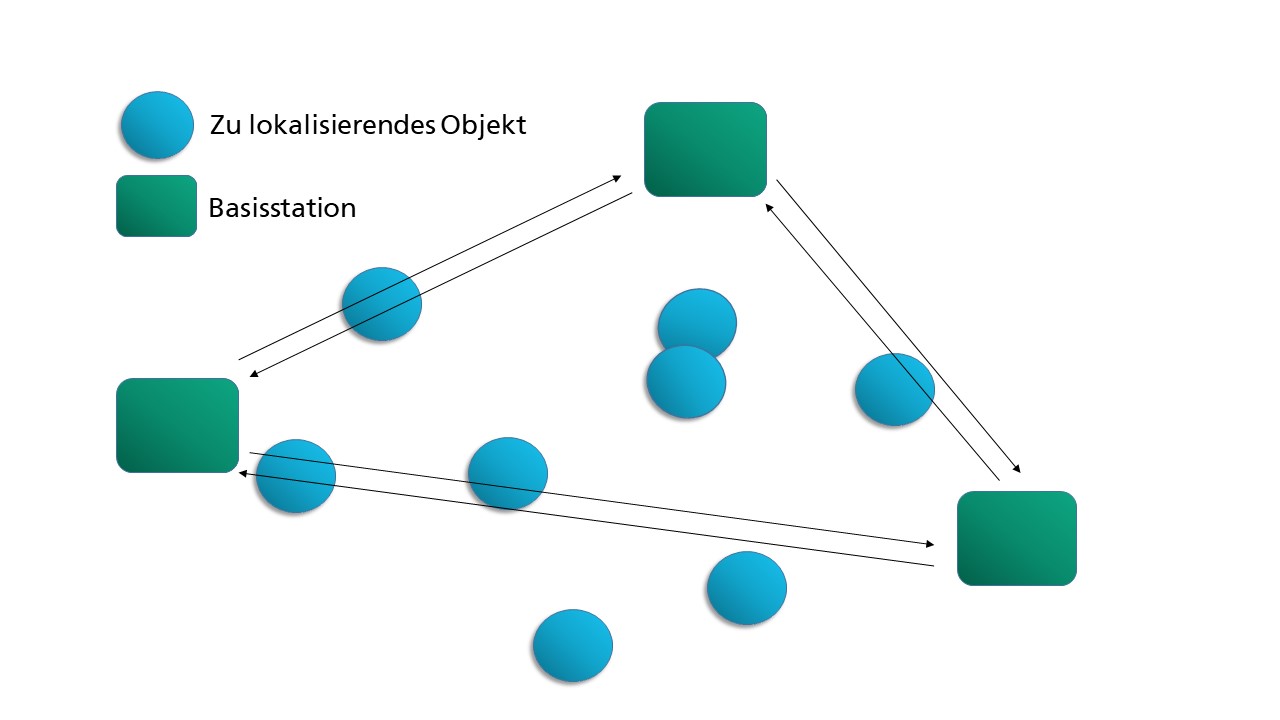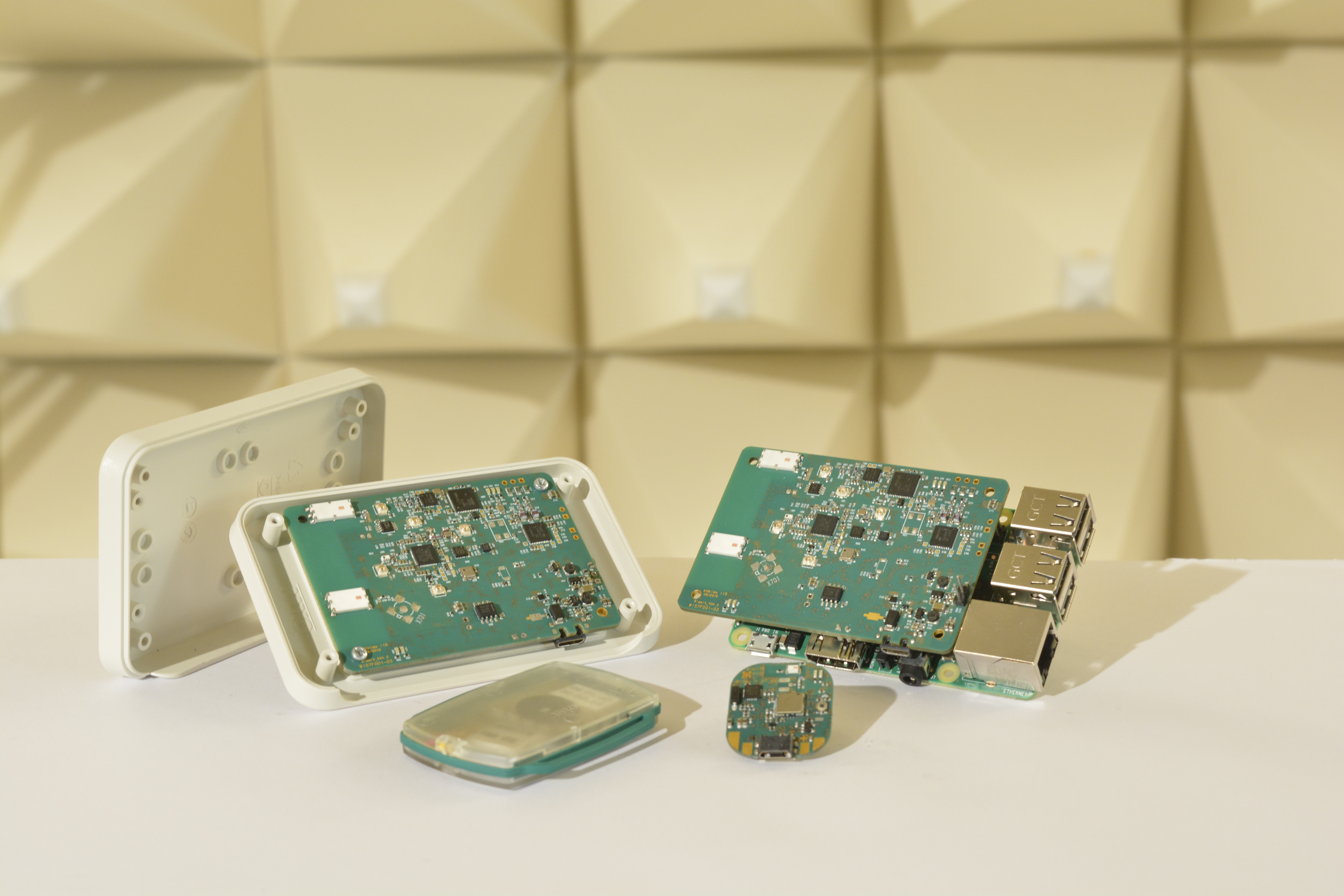At a glance
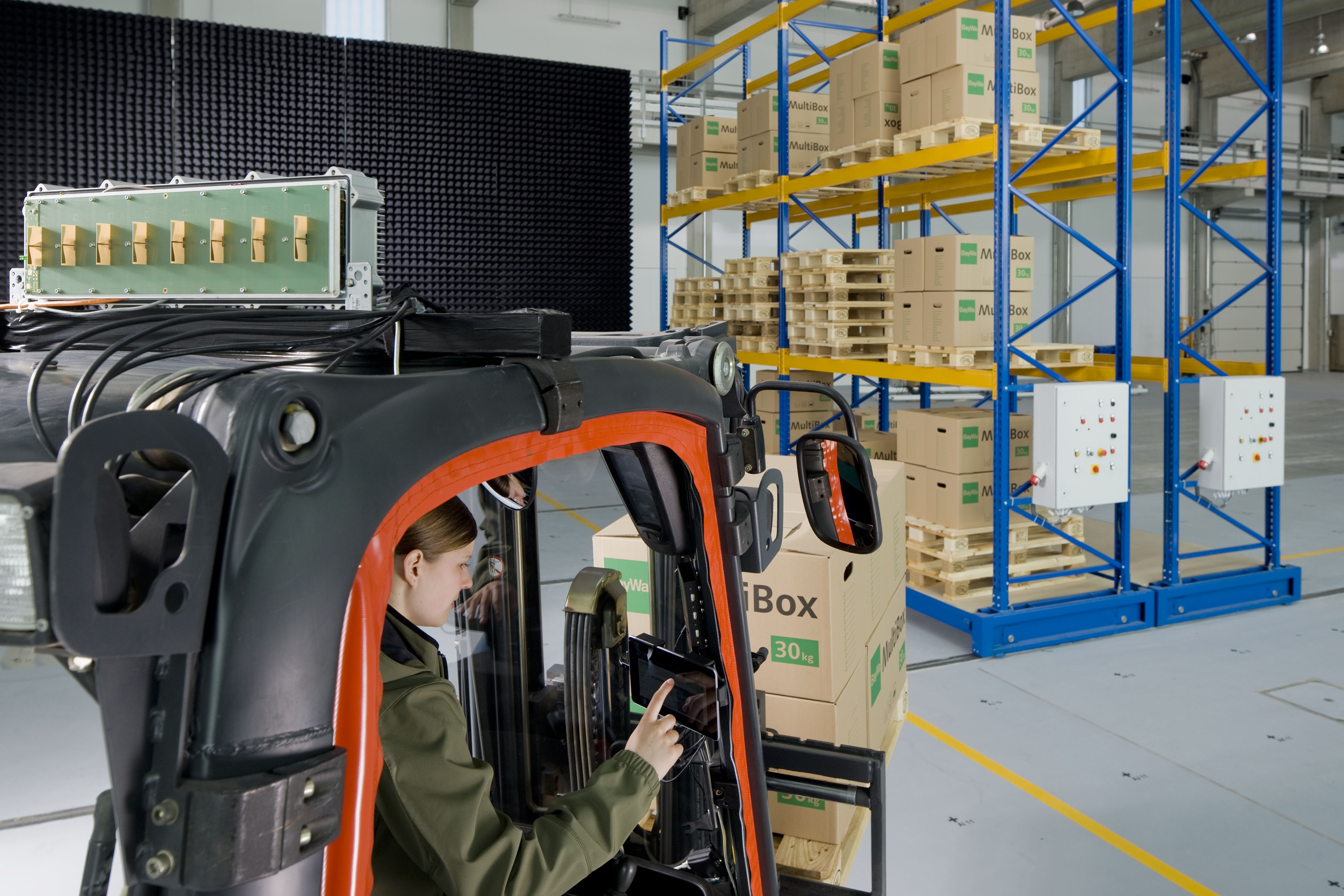
Fraunhofer IIS’s precise positioning for industry permits the rapid evaluation of positioning, communication and identification technologies. With the help of several integrated chipsets, we can determine and test the appropriate technology for your application. Fraunhofer IIS advises you on the introduction of technologies in your company. We can also provide you with a tailored all-in-one positioning solution or develop a solution adapted to your application.
Precise positioning for industry can be tailored to your requirements. Depending on those requirements, we can evaluate positioning, communication and identification technologies. This lets you select a technology that is tailored to your area size, desired accuracy, update rate or battery life. The evaluation also considers additional requirements such as size, price, time horizon and other parameters.
